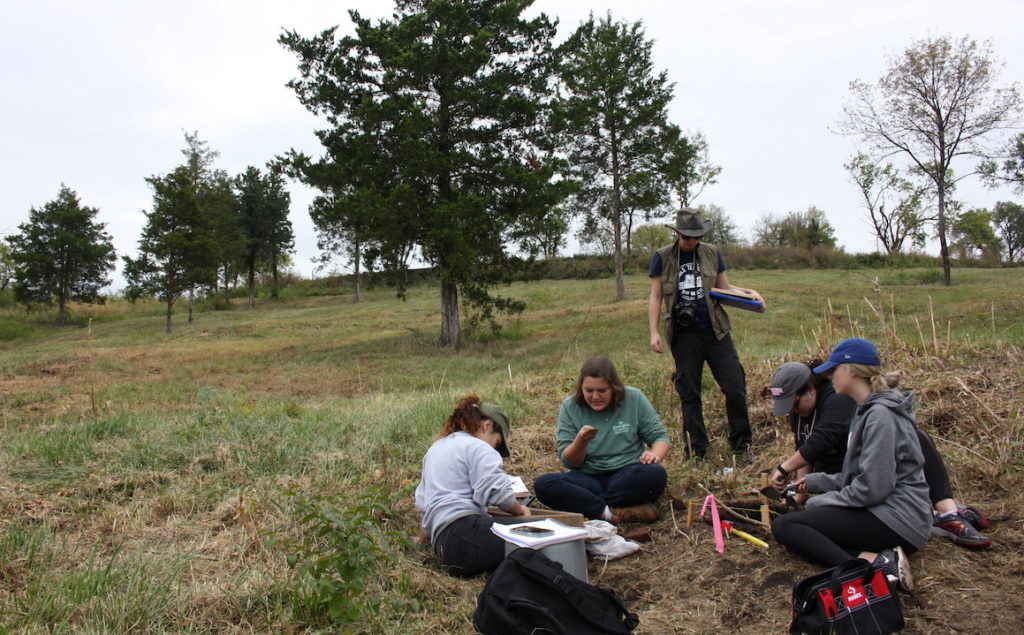
At a small ceremony on the hillside of Fort Negley, the names of about a dozen families were read aloud Saturday morning to honor the first residents of the landmark Bass Street neighborhood.
The homes and church there were built by free Blacks and formerly enslaved people immediately after the Civil War. Many of its residents had been forced by the Union Army to build the neighboring fort, but it became the city’s first post-Emancipation free Black neighborhood.
The community was later erased by the construction of Interstate 65, and its significance has not been widely known.
The rare gathering of descendants was coordinated by teams from Vanderbilt and Middle Tennessee State universities. Since 2017, an MTSU team has been slowly beginning archaeological digs to gather clues, and other research is also ongoing.
Former Bass Street resident Phillip Minter recalls an impoverished but tight-knit community and says its story should not be forgotten.
“To me, it means a lot,” he says, “because people don’t know … the value of your roots and your upbringing.”
Vanderbilt’s Angela Sutton, who co-directs Fort Negley Descendant’s Projects, says the site speaks to the rich legacy of African Americans, and a shared history.
“We are uncovering our history shared as a city and as a state and as a nation. This isn’t a thing that we kind of put away and look at in February … this is a thing that changes how we see ourselves.”
The African American Cultural Alliance and the Bass Street Church — which has continued since being forced to move — were also instrumental in the event.
“Too many times, history is just wiped out for the sake of the advancement of tomorrow. And we throw away yesterday,” said Rev. Daryl Thompson. “And so thank you so much for holding on.”
In 2019, Fort Negley was named a “Site of Memory” by UNESCO and included in the prominent Slave Route Project.


